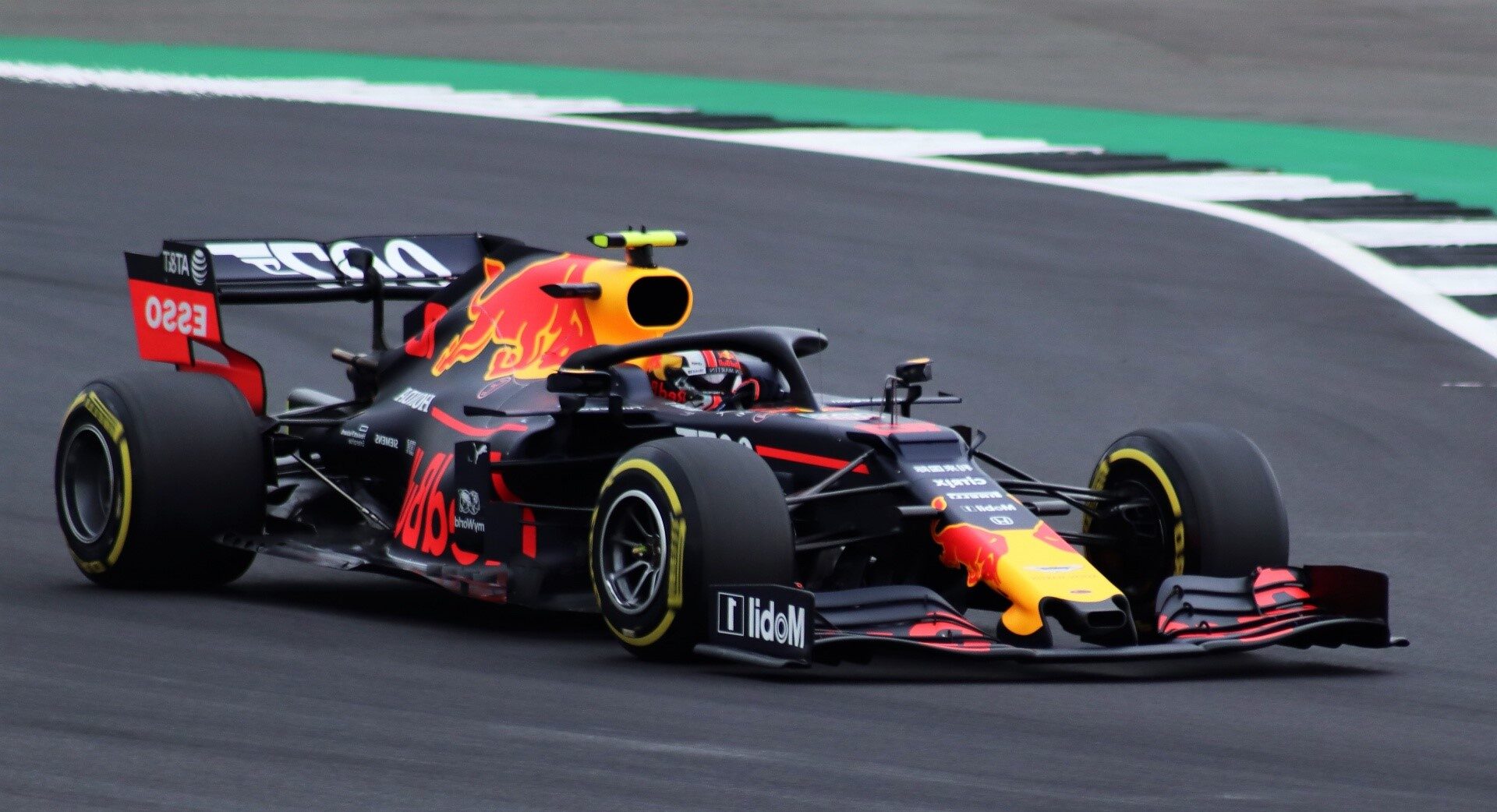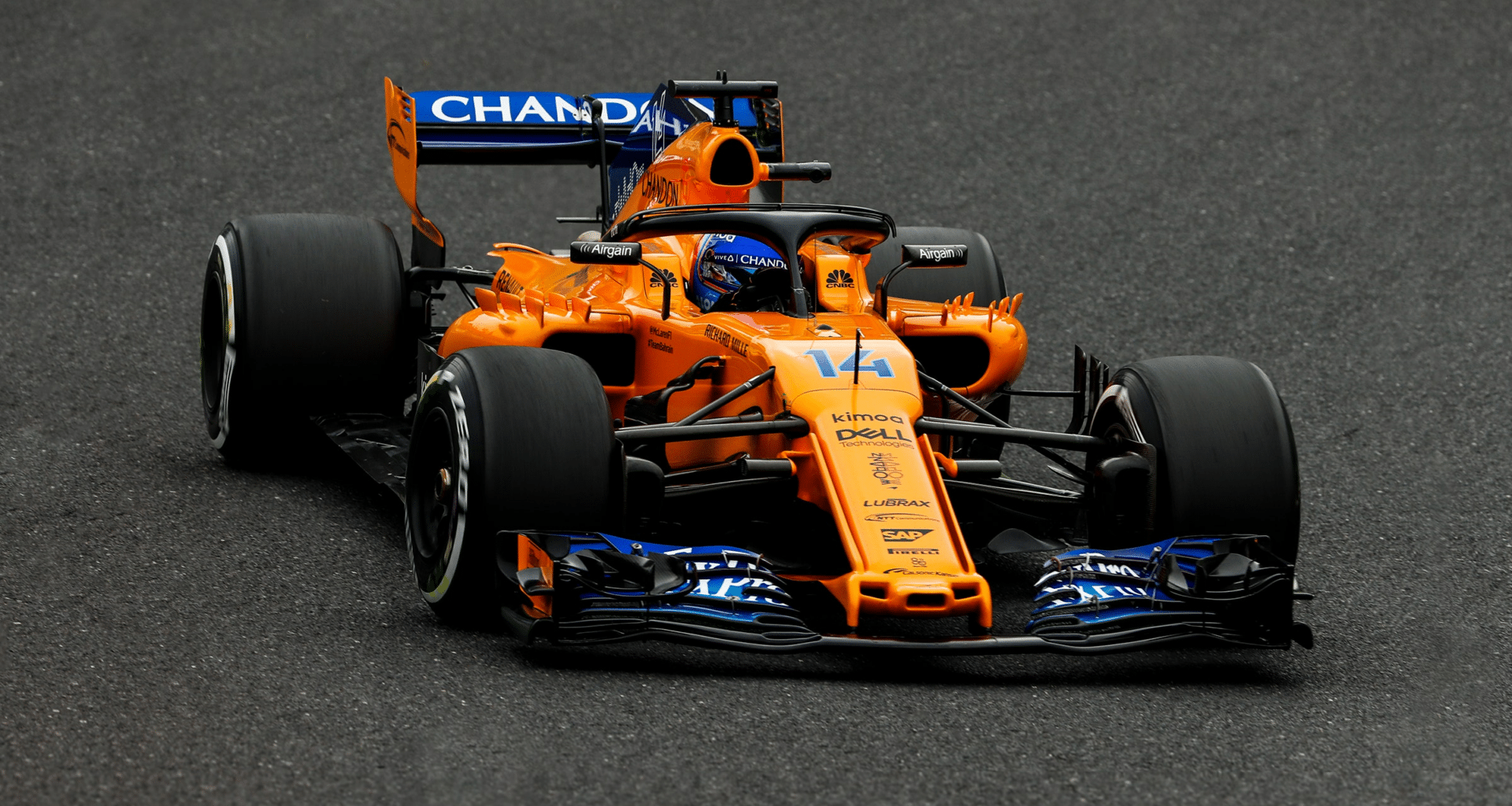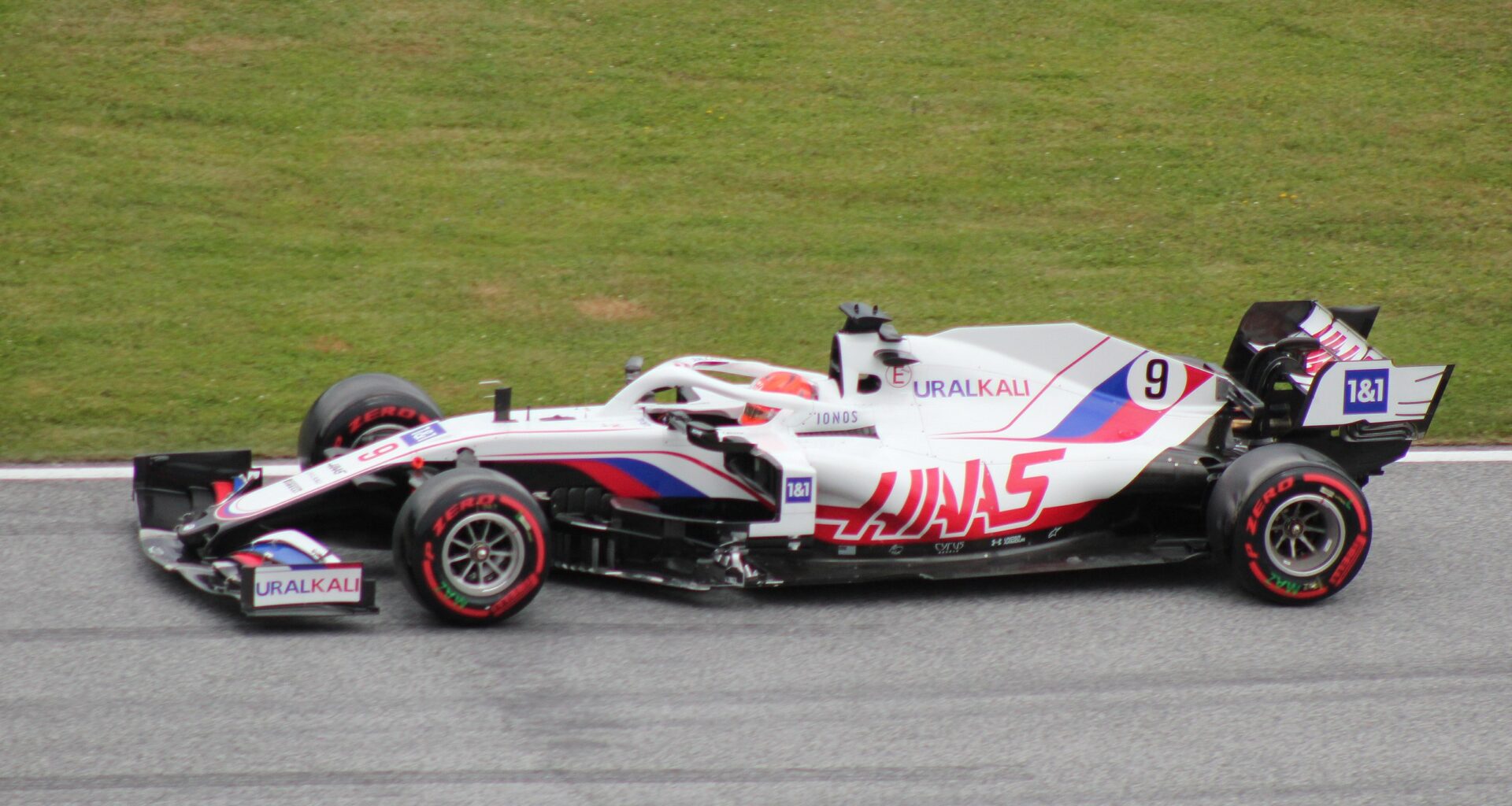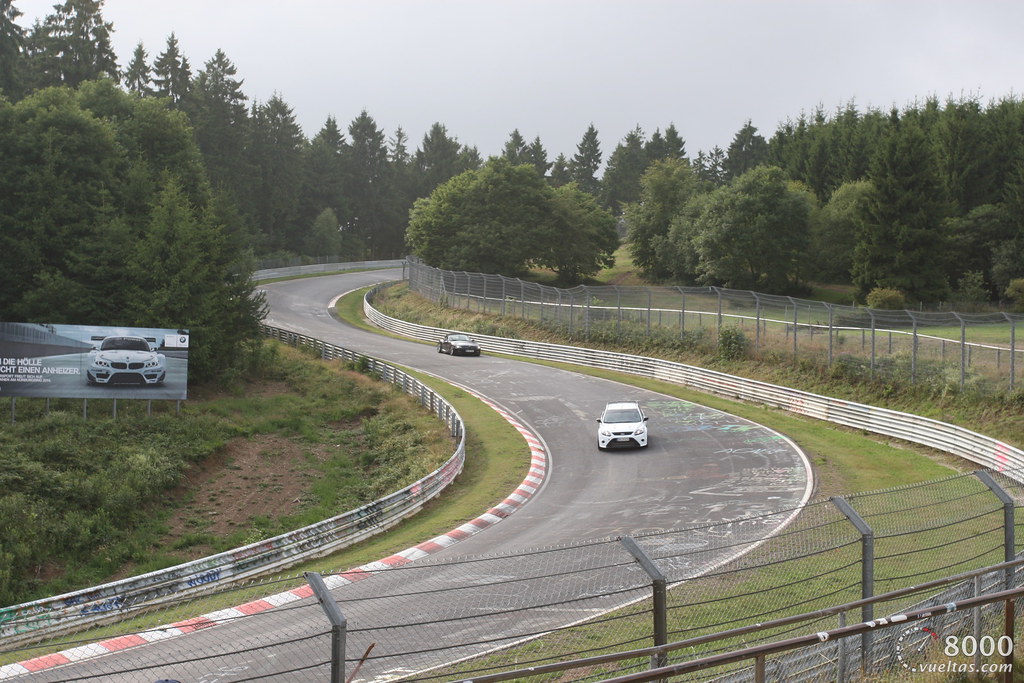Have you ever wondered how Formula 1, Formula 2, Formula 3, Formula 4, and Formula E racing differ from one another?
These exhilarating motorsports represent various racing stages and styles while showcasing the greatest in vehicle technology and driver skill.
In this post, we’ll examine these several racing series, their main distinctions, and what you may anticipate from each as a spectator or possible competitor.
Table of Contents
- 1 Formula 1: The Pinnacle of Racing
- 2 Formula 2: Stepping Stone to Formula 1
- 3 Formula 3: Developing Future Champions
- 4 Formula 4: Beginning the Path to Professional Racing
- 5 Formula E: The Future of Sustainable Motorsports
- 6 The Key Differences
- 7 Performance & Speed Comparisons
- 8 Driver Skills Required in Each Category
- 9 The Role of Technology in Different Formula Racing
- 10 Fan Experience & Global Appeal
- 11 Which Formula Series is Right for You?
Formula 1: The Pinnacle of Racing
Formula 1 is the highest level of Formula racing and, in terms of technology, driver skill, and overall popularity, it is the sport’s apex.
The top racers and most famous teams in the business are drawn to this series, which features competition in well-known places all over the globe.
The fastest vehicles are Formula 1 cars, which have hybrid powertrains and cutting-edge aerodynamic systems that enable them to travel at speeds of up to 233 mph (374 km/h).
Formula 2: Stepping Stone to Formula 1
Unofficially serving as the “feeder series” for Formula 1, Formula 2 gives aspiring drivers a stage on which to display their abilities.
In F2, each driver operates a Williams F1-designed vehicle, and because each vehicle is similar, skill serves as the primary differential.
These cars have roughly half the horsepowerof F1 cars, but their top speeds are still very comparable.
Because F2 is far more affordable than F1, it offers young drivers a more accessible route to professional racing.
Formula 3: Developing Future Champions
With cars that aren’t as powerful as those in F1 or F2, Formula 3 is sometimes seen as the entry step for aspiring F1 drivers. Yet, F3 vehicles are still capable of putting out impressive performance.
These cars are made to put the emphasis on driving skill rather than automotive technology, and they often have a top speed of 167 mph (270 km/h).
Young racers can start their racing careers in F3 and go up to higher tiers if they discover success. F3 is an important developing series.
Formula 4: Beginning the Path to Professional Racing
For young drivers who are just making the switch from karting to open-wheel racing, Formula 4 serves as a stepping stone.
The F4 competition is run on a national or regional level rather than having a world championship.
Because of their inexpensive cost, these vehicles make it possible for drivers with modest budgets to compete in the racing industry.
The newest of all Formula racing series, Formula 4, was released in 2014.
Formula E: The Future of Sustainable Motorsports
Formula E, with its all-electric racing cars, represents the future of sustainable racing while the other series concentrate on conventional combustion engines.
The peak speed of these all-electric vehicles is 137 mph (220 km/h), and they provide both drivers and spectators with a distinctive racing experience.
Events for Formula E frequently take place in big cities, promoting renewable energy technology and attracting new audiences that may be just beginning to learn about motorsports.
The Key Differences
The main variations between the Formula series relate to the kinds of vehicles utilized, the degree of technology utilised, and the driving prowess of the competitors.
Each series has a different reputation and level of international interest, but they all share a dedication to the best possible racing.
Performance & Speed Comparisons
From F4 to F1, there is a significant rise in the cars’ overall performance as well as their top speed.
In particular, F1 cars are capable of amazing feats of speed and agility, while Formula E cars demonstrate the potential of electric propulsion.
Driver Skills Required in Each Category
Driver ability requirements vary widely between Formula series.
In lower-level series like F3 and F4, the emphasis is largely on the driver’s skill, whereas in F1, champion drivers must contend with sophisticated vehicle technology and fierce rivalry from other top-tier racers.
The Role of Technology in Different Formula Racing
All types of Formula racing rely heavily on technology, however the effects vary depending on the series.
The lower divisions place a stronger emphasis on more cheap solutions and a closer examination of driver skill as a difference, while F1 shows cutting-edge technologies in aerodynamics, power units, and other areas.
Fan Experience & Global Appeal
F1 gets a more seasoned and wealthy audience, while Formula E draws a younger public interested in sustainability and new kinds of racing. Both formula racing series offer distinctive experiences for fans.
To ensure that there is a formula racing championship for followers of all tastes and preferences, each series delivers its own distinctive flavor.
Which Formula Series is Right for You?
There is a Formula series out there that will appeal to you whether you are an avid motorsports fan, a would-be racer, or just a casual observer.
These competitions constantly produce exhilarating racing action across the board, from the glitz and high stakes of Formula 1 to the startling innovations of Formula E.
When determining which Formula series is the ideal fit for your racing activities, take into account your preferences for car technology, driving ability, and the general atmosphere.





